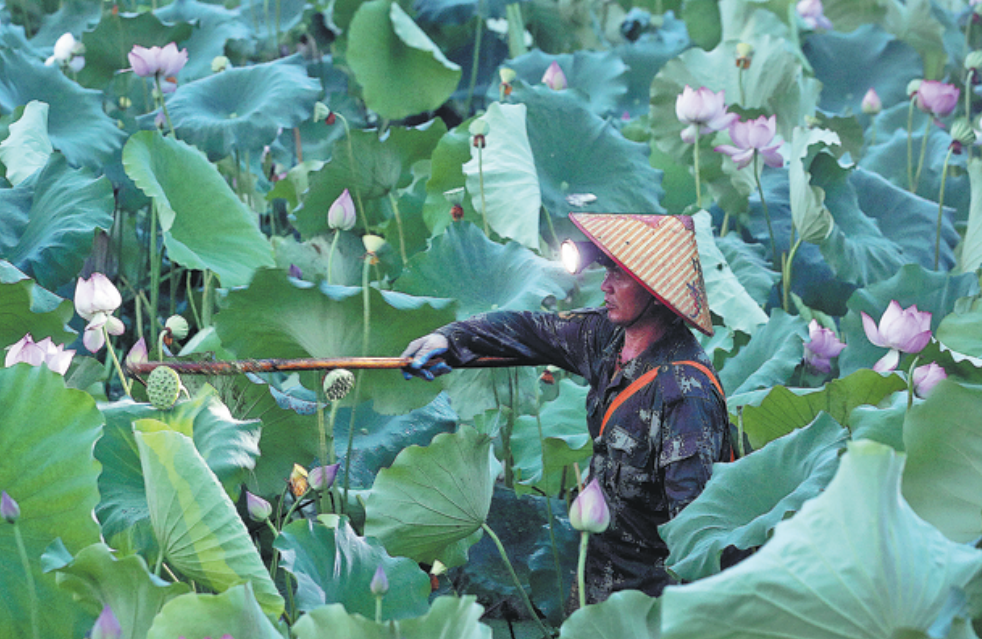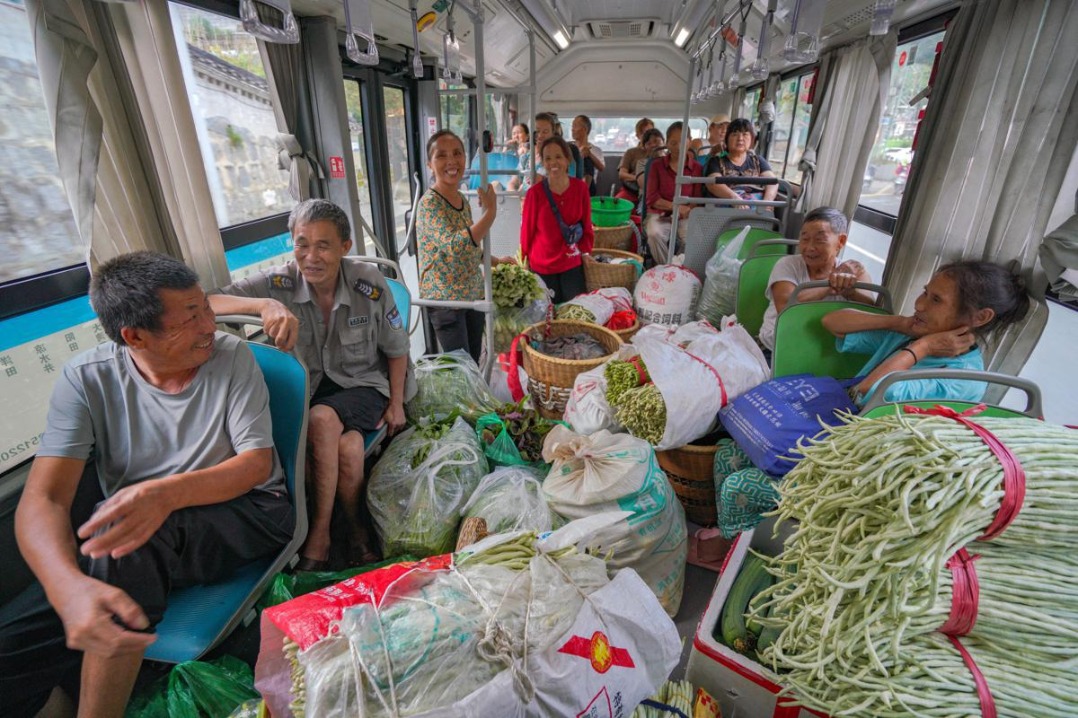Green agriculture efforts bearing fruit
Rural residents' well-being shows notable progress


China's agricultural green development continued to improve in 2023, with the national green development index reaching 78.23, up 0.33 points from the previous year and 3.04 points higher than in 2015, according to the newly released China Agricultural Green Development Report 2024.
The report, compiled by the Chinese Academy of Agricultural Sciences under the guidance of the Ministry of Agriculture and Rural Affairs, highlights improvements across several key indicators, including ecological safety, resource conservation, green product supply, and the quality of rural life.
The most notable progress was seen in the "prosperous and good living" indicator, which is a key metric that measures the well-being of rural residents. In 2023, this indicator rose to 72.34, marking a year-on-year increase of 1.33 points.
Ye Yujiang, vice-president of CAAS, said the infrastructural and environmental improvements in rural areas are becoming visible in everyday life. As of the end of 2024, 76 percent of rural households had access to sanitary toilets, and over 90 percent of villages had regular garbage collection services. Meanwhile, more than 45 percent of rural wastewater had been treated by the end of last year, according to the report.
In 2024, northern regions completed the treatment of over 41 million rural household coal utilizations, reducing carbon dioxide emissions by 160 million metric tons. By the end of 2023, the scale of household photovoltaic power in rural areas had reached 120 gigawatts, involving more than 5.5 million households, and generating an additional annual income of 11 billion yuan ($1.53 billion) for farmers, the report said.
Meanwhile, conservation of agricultural resources has also intensified. More than 5.33 million hectares of high-standard farmland were newly built or upgraded, and over 1.07 million hectares of farmland has been equipped with efficient irrigation systems in 2024, Ye said.
Efforts to purify agricultural environments are also bearing fruit. "Fertilizer use has declined for nine consecutive years, and pesticide use has dropped for eight straight years," Ye noted.
While fertilizer utilization rates for major crops such as rice, wheat and corn have climbed to 42.6 percent, over 90 percent of crop land uses scientifically formulated fertilization methods, he added.
In addition, about 80 percent of livestock and poultry manure across the country were reused in 2024, and the proportion of manure used as a substitute for chemical fertilizers exceeded 30 percent, Ye said.
Modernization of farm equipment is accelerating, as over 75 percent of crop planting and harvesting is now mechanized. Green and intelligent machinery are becoming the new standard, he added.
Since it was first published in 2019, the annual report has become a window into China's green agriculture efforts.
Sun Haoqin, vice-chairman of the China Agricultural Green Development Research Society, said the 2024 edition offers an accurate reflection of the latest developments in China's green agriculture, a scientific summary of theoretical achievements, and a systematic review of practical cases.
"The report appropriately includes emerging key areas," he said.





































